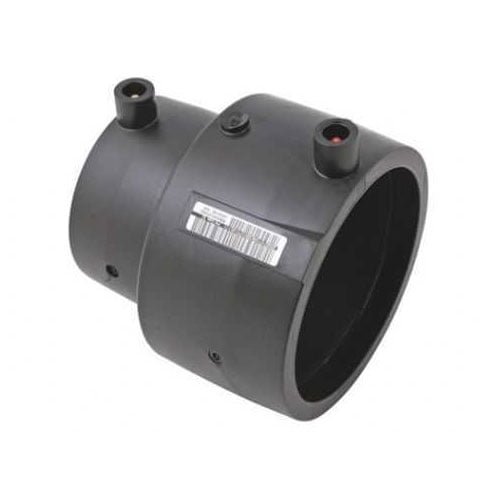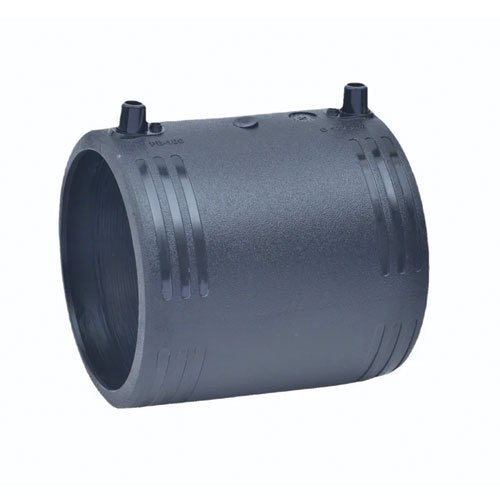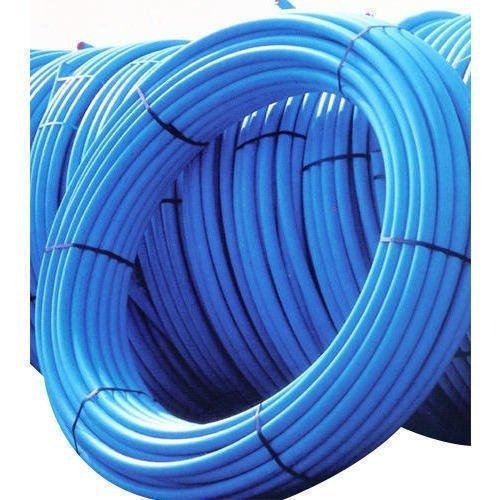High-Density Polyethylene (HDPE) pipes and fittings have become indispensable components in modern infrastructure and industrial applications. Their remarkable durability, flexibility, and resistance to corrosion have positioned them as preferred materials for water supply, sewage systems, agriculture, and various other sectors. In this blog, we delve into the factors driving the growth of the global HDPE pipes and fittings market.
Market Overview:
The global HDPE pipes and fittings market has been witnessing steady growth in recent years. This growth can be attributed to several key factors:
- Increasing Demand in Water Infrastructure: With growing urbanization and infrastructure development projects worldwide, there is a rising demand for efficient water distribution and management systems. HDPE pipes and fittings offer superior performance, longevity, and cost-effectiveness compared to traditional materials, driving their adoption in water supply networks.
- Expansion in Agricultural Applications: Agriculture is a significant sector where HDPE pipes find extensive use. They are utilized for irrigation systems, drainage solutions, and transporting agricultural chemicals. As agriculture modernizes and adopts advanced irrigation techniques, the demand for HDPE pipes and fittings continues to grow.
- Advantages Over Other Materials: HDPE pipes offer several advantages over materials like metal or concrete. They are lightweight, easy to install, resistant to chemical and biological degradation, and have a longer service life. These benefits make them attractive for various applications across industries.
- Technological Advancements: Ongoing advancements in HDPE manufacturing technologies have led to improved product quality, higher efficiency in production processes, and customization options. These advancements have contributed to expanding the market by meeting specific industry requirements and standards.
- Environmental Sustainability: The increasing focus on environmental sustainability has also boosted the demand for HDPE pipes and fittings. HDPE is a recyclable material, and its use aligns with eco-friendly initiatives and regulations aimed at reducing carbon footprints and promoting sustainable practices.
Market Segmentation:
The HDPE pipes and fittings market can be segmented based on various factors, including application, diameter, end-user industry, and region. Some common segments include:
Application Segmentation:
- Water Supply and Distribution
- Sewage and Drainage Systems
- Agricultural Irrigation
- Oil and Gas Transportation
- Chemical and Process Industries
- Telecommunication Ducts
Diameter Segmentation:
- Small Diameter Pipes (Up to 110 mm)
- Medium Diameter Pipes (110 mm to 315 mm)
- Large Diameter Pipes (Above 315 mm)
End-User Industry Segmentation:
- Municipal
- Industrial
- Agricultural
- Residential
Regional Analysis:
The demand for HDPE pipes and fittings varies across different regions due to factors such as population growth, infrastructure development, regulatory policies, and industrial expansion. Some key regional trends include:
- Asia-Pacific: The Asia-Pacific region, particularly countries like China, India, and Southeast Asian nations, has been a significant driver of growth in the HDPE pipes and fittings market. Rapid urbanization, industrialization, and government initiatives for infrastructure development have fueled the demand for these products.
- North America: The United States and Canada have witnessed substantial investments in water infrastructure renewal and replacement projects, contributing to the growth of the HDPE pipes market in the region. The shale gas boom has also spurred demand for HDPE pipes in the oil and gas sector.
- Europe: European countries have stringent regulations regarding water quality and environmental protection, leading to increased adoption of HDPE pipes in water supply and wastewater management systems. The emphasis on sustainable practices further drives market growth in this region.
- Latin America and Middle East/Africa: These regions are experiencing infrastructure development and industrial growth, leading to rising demand for HDPE pipes and fittings in various applications.
Challenges and Opportunities:
While the HDPE pipes and fittings market presents significant growth opportunities, it also faces challenges that need to be addressed:
- Competition from Other Materials: Despite the advantages of HDPE, competition from materials like PVC, ductile iron, and steel remains a challenge. Manufacturers need to emphasize the unique benefits of HDPE and educate consumers about its long-term value.
- Quality Control and Standards: Maintaining consistent product quality and adhering to industry standards and regulations is crucial. Continuous innovation and investments in R&D are essential to meet evolving market demands.
- Infrastructure Investment: The growth of the HDPE pipes market is closely linked to infrastructure investments in sectors such as water management, energy, and telecommunications. Governments and private stakeholders need to prioritize infrastructure spending to drive market growth.
- Sustainability Initiatives: Embracing sustainability practices, promoting recycling, and developing eco-friendly solutions will be key factors shaping the future of the HDPE pipes and fittings market.
Future Outlook:
The future outlook for the global HDPE pipes and fittings market remains positive, driven by ongoing infrastructure development, urbanization trends, technological advancements, and environmental concerns. Key growth opportunities include:
- Adoption of Advanced Manufacturing Techniques: Continued advancements in extrusion technologies, material enhancements, and product innovations will expand the applications and capabilities of HDPE pipes and fittings.
- Focus on Smart Infrastructure: The integration of smart technologies such as IoT sensors, data analytics, and automation in water and utility networks will create opportunities for enhanced monitoring, maintenance, and efficiency, driving demand for HDPE products.
- Investment in Water Management: With increasing water scarcity and the need for sustainable water management practices, investments in water infrastructure projects, including HDPE-based solutions, will escalate.
- Market Expansion in Emerging Economies: Emerging economies in Asia, Africa, and Latin America will continue to be lucrative markets for HDPE pipes and fittings, driven by rapid urbanization, industrialization, and infrastructure development initiatives.
The global HDPE pipes and fittings market is poised for significant growth in the coming years, driven by multiple factors including infrastructure investments, technological advancements, environmental considerations, and market expansion in diverse industries and regions. To capitalize on these opportunities, stakeholders across the value chain need to focus on innovation, sustainability, quality control, and strategic partnerships to meet evolving market demands and create a resilient and competitive market landscape.







